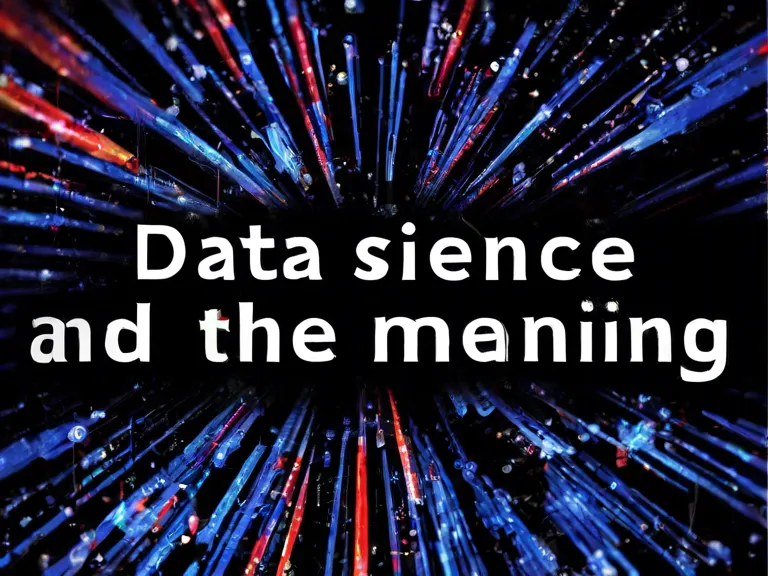
In today's data-driven world, data science has become a crucial tool for businesses and researchers alike. With the vast amounts of data being generated every day, the challenge lies not just in collecting and storing this data, but in making sense of it. Data science is the discipline that helps to extract insights and meaning from data, enabling organizations to make informed decisions and researchers to uncover new patterns and trends.
One of the key areas where data science is making a significant impact is in shaping how analysis is done. Traditional statistical methods have long been used to analyze data, but with the rise of big data and machine learning techniques, new approaches are being developed to handle the volume, velocity, and variety of data that is being generated. These new techniques are allowing analysts to extract deeper insights from data, leading to more accurate predictions and better decision-making.
For example, machine learning algorithms are now being used to analyze complex data sets and identify patterns that would be difficult or impossible to uncover using traditional methods. These algorithms are able to learn from data, adapt to new information, and make predictions based on patterns they have identified. This enables analysts to uncover hidden relationships and trends in data that may have previously gone unnoticed.
Another area where data science is shaping analysis is in the field of natural language processing (NLP). With the vast amount of text data being generated online, NLP techniques are being used to extract meaning from this unstructured data. By analyzing text data, organizations can gain insights into customer sentiment, detect trends in the market, and even identify potential risks or opportunities.
In conclusion, data science is revolutionizing how analysis is done, enabling organizations and researchers to extract deeper insights and meaning from data. By leveraging new techniques such as machine learning and NLP, analysts can uncover hidden patterns and trends that were previously invisible. As data continues to grow in volume and complexity, data science will play an increasingly important role in shaping how analysis is done.


